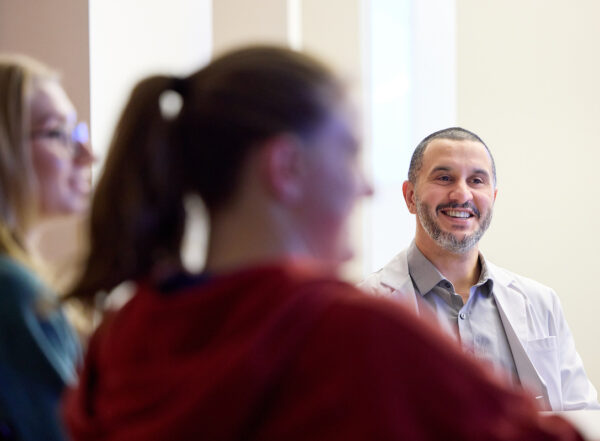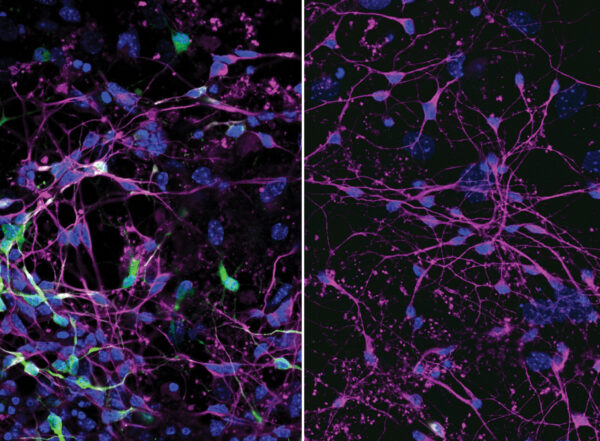NIH awards $10 million to study human virome
WashU Medicine labs contribute to a new collaborative program designed to demystify the human body’s resident viruses
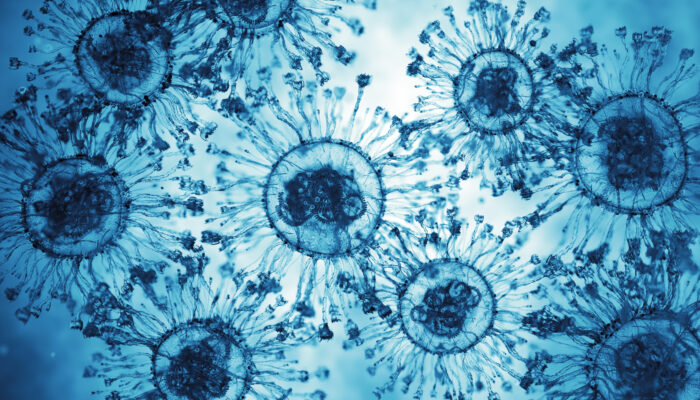 Getty Images
Getty ImagesResearchers at WashU Medicine have received two grants totaling more than $10 million from the National Institutes of Health to study the human body's resident viruses, those not known to be associated with disease.
Genomics researchers at Washington University School of Medicine in St. Louis will play pivotal roles in the Human Virome Program, a new National Institutes of Health (NIH) initiative to better understand the vast and varied collection of viruses that live in and on our bodies, known as the human virome, and how they affect our overall health.
The NIH has announced a new round of funding in the program, with two of the five research grants under a specific initiative of the program — which is the characterization of functional interactions between viruses and the human microbial hosts — awarded to WashU Medicine researchers. This success reflects a strong interdisciplinary research network and laboratory infrastructure at WashU Medicine based on its leadership roles in other massive genome research efforts, including the Human Genome Project.
Gautam Dantas, PhD, the Conan Professor of Laboratory and Genomic Medicine in the Department of Pathology & Immunology at WashU Medicine, and Megan Baldridge, MD, PhD, an associate professor of medicine, have received a $5.2 million, 5-year grant for research on bacteriophages, viruses also known as phages, which specifically infect bacteria.
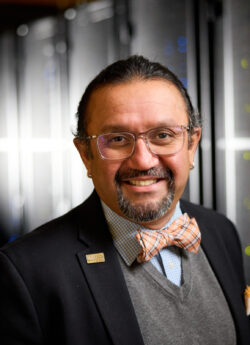 MATT MILLER/WASHINGTON UNIVERSITY SCHOOL OF MEDICINE
MATT MILLER/WASHINGTON UNIVERSITY SCHOOL OF MEDICINEThey will study the roles bacteriophages play when the gut microbiome in healthy individuals is thrown off balance by exposure to antibiotics or other intestinal disturbances, such as infections in preterm infants and inflammatory bowel disease in adults.
“What is particularly troubling about these inflammatory diseases is that we still don’t know what causes them,” Dantas said. “Our study is a first step toward determining whether phages are part of a mechanism that could explain why people get these diseases. We’ll be using machine learning, artificial intelligence and other analytical tools to identify viruses that may influence disease progression.”
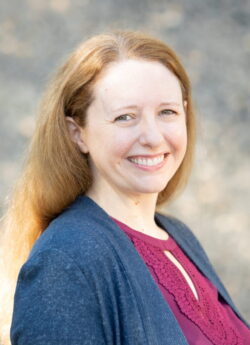
A team of multiple principal investigators, including Kristine Wylie, PhD, associate professor of pediatrics at WashU Medicine; Molly Stout, MD, associate professor of obstetrics and gynecology at University of Michigan; and Linda Ernst, MD, professor of pathology at the University of Chicago Pritzker School of Medicine and vice chair for pathology research at Endeavor Health in suburban Chicago, has received a $5.7 million, 5-year NIH grant to study how pregnancy-related immune system changes are influenced by viruses that infect human cells.
Their study focuses on examining viral communities and immune responses during pregnancy and postpartum. Body sites will include vagina, placenta, blood and nasal passages.
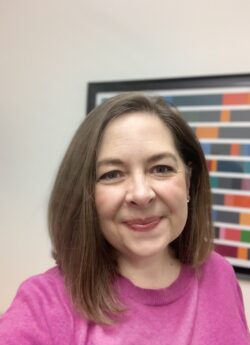
Research has indicated that disruptions in these host-virus dynamics may contribute to infectious diseases and preterm births.
“The viruses in and on our bodies are kept in check by our immune systems,” Wylie said. “During pregnancy and the postpartum period there are huge, developmentally programmed changes in the function of the maternal-fetal immune systems, and those changes give us an opportunity to study how immune system changes affect the virome.”
Exploring the human virome’s dark matter
By some estimates, the human microbiome hosts more than 380 trillion viruses. This would make commensal viral particles far more prevalent than bacterial cells in the human microbiome and the cells that make up the human body combined.
But the vast majority of the diverse assemblage of viruses that reside in healthy humans remains unidentified and poorly understood. Unlocking the secrets of the human virome’s “dark matter” could help researchers construct refined models that may untangle the complexities of human disease onset, better understand their causes and suggest new and more-effective treatments.
The NIH launched the Human Virome Program in 2022 to overcome specific obstacles to human virome research, such as the need for new sequencing techniques that focus on virus identification and the lack of centralized databases where new virus discoveries can be shared and compared.
Each study funded by the program is expected to contribute to the initiative’s primary goal of establishing a comprehensive inventory of every virus in the human microbiome, including information on their interactions with gut bacteria and human cells.
WashU Medicine’s success in landing two of the five research grants under a specific initiative of the program — which is the characterization of functional interactions between viruses and the human microbial hosts — reflects a strong interdisciplinary research network and laboratory infrastructure in place based on its leadership roles in other massive genome research efforts, including the Human Genome Project and the Human Microbiome Project.
A common focus of the Dantas, Baldridge and Wylie virome studies will be exploring biological factors driving dramatic shifts in the composition of the human microbiome. Previous work by their teams has shown that perturbations in microbial populations can signal whether a microbiome is stable and healthy or shifting in ways that make it vulnerable to disease-causing pathogens, including viruses.
Dantas, Baldridge and their collaborators will be analyzing fecal samples from healthy participants and individuals receiving treatment for intestinal illnesses.
“The big deliverable here is functional discovery relevant to human health,” Dantas said. “As we go through the genomic sequencing of these samples, we are going to be capturing and discovering pieces of DNA for which there is little information about what they do. We’ll try to figure out which of those pieces of DNA are viruses, and we’ll try to associate particular functions and features to them, to understand how they influence the balance between healthy and diseased states in the human gut.”
Wylie’s project similarly aims to generate fundamental discoveries on the composition and function of viral communities. Her team leverages ViroCap, a patented technique that she and WashU colleagues developed nine years ago to improve the sensitivity of genomic sequencing for virus analysis. The process, which can detect viruses that occur in very low abundance, allows researchers to identify and compare characteristics of viruses that have never been documented – a key goal of the Human Virome Program.
Wylie’s team has a history of collaboration and of examining the viral communities in pregnancy. Ernst studies placental biology and its relationship to maternal, fetal and neonatal disease and Stout focuses on maternal heart disease and preterm birth prevention.




